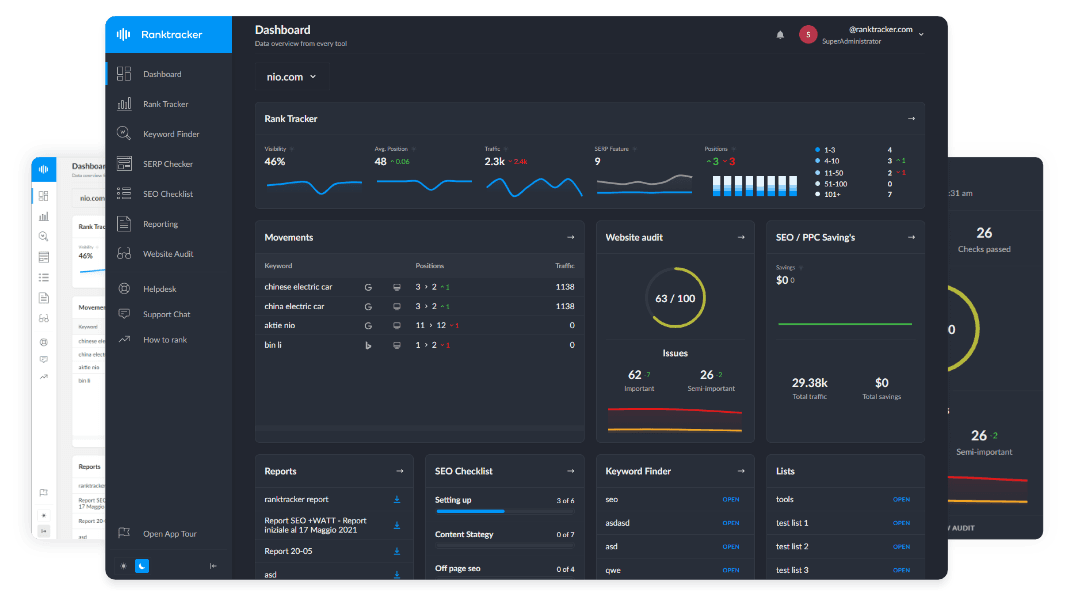Intro
As a creator, deciding where to invest your time often comes down to this: which platform pays more—Instagram or YouTube? Both are giants in social media, but their monetization systems are very different. Here’s how the numbers stack up and what you should consider when building your strategy.
How Instagram Pays Creators
Instagram offers several monetization channels:
-
Reels Play Bonus (invite-only): Pays creators for Reels that go viral. Typical payouts are $1–$8 per 1,000 views, but eligibility and rates can change, and there’s usually a monthly cap.
-
Ads on Reels: Some creators are invited to earn a share of ad revenue, with CPM rates (cost per 1,000 views) similar to the Reels Bonus.
-
Sponsored Content: Instagram is famous for influencer marketing. Sponsored post rates can range from $100 for micro-influencers to $10,000+ per post for large creators.
-
Affiliate Sales and Instagram Shop: Creators can earn commissions from product sales.
-
Live Badges and Subscriptions: Viewers can tip creators during Lives or subscribe for exclusive content.
How YouTube Pays Creators
YouTube’s primary income for most creators is AdSense (ad revenue from views on videos):
-
Ad Revenue (AdSense): YouTube pays creators 55% of ad revenue. Typical RPM (revenue per 1,000 views) ranges from $1 to $5 for general content, but can go as high as $20+ in premium niches (finance, business, tech).
-
YouTube Shorts Fund: Pays a bonus to creators with viral Shorts, but rates are often lower than Instagram Reels.
-
Memberships and Super Chat: Fans can pay to support channels or send money during livestreams.
-
Brand Sponsorships: As on Instagram, large channels can command thousands per sponsored integration.
-
Affiliate Links and Merch: Many creators supplement ad income with affiliate sales or channel-branded merchandise.
Side-by-Side Comparison
| Platform | Direct Payout per 1,000 Views (Long-Form) | Short-Form Bonus/Ad (per 1,000 views) | Sponsored Post/Integration | Shop/Affiliate | Live Monetization |
| N/A (mainly short-form payouts) | $1–$8 (Reels Bonus/Ads) | $100–$10,000+ per post | Yes | Badges, Subs | |
| YouTube | $1–$5+ (AdSense RPM) | $0.50–$2 (Shorts Fund/Ads) | $500–$20,000+ per video | Yes | Super Chat, Subs |
Key Takeaways:
-
YouTube generally pays more for long-form content (AdSense on 8–10 minute videos), with steady RPM and fewer caps.
-
Instagram pays more for short-form (Reels) content on a per-view basis than YouTube Shorts, but total earning potential may be limited by caps or eligibility.
-
Sponsored content rates are strong on both platforms, but YouTube videos often command higher prices due to longer format and deeper integrations.
-
YouTube offers more monetization diversity, including memberships, live features, and scalable ad revenue on evergreen videos.
Real-World Examples
-
A 1 million-view Reel on Instagram might earn $1,200 with the Reels Bonus, but only if you’re eligible and under the program’s cap.
-
A 1 million-view long-form YouTube video could earn anywhere from $1,000 to $5,000 in ad revenue—often more if in a premium niche or with high engagement.
-
Sponsored integrations on YouTube can pay $5,000–$20,000+ per video for large channels, while Instagram’s top creators earn similar amounts per post but generally with less narrative integration.
Which Platform Pays Better Overall?
-
For long-form, evergreen content: YouTube usually wins—more predictable, higher lifetime revenue, and global reach.
-
For short-form, viral content: Instagram often pays more per 1,000 views, but with program caps and limited eligibility.
-
For sponsorships: Both platforms are competitive, but YouTube’s video integrations often justify higher rates.
Conclusion
If you’re focused on long-form content, YouTube offers superior earning potential and more monetization flexibility. For short-form video, Instagram’s Reels can deliver higher per-view payouts, though the programs are often invite-only and capped. Many creators maximize earnings by using both platforms—leveraging Instagram for virality and community, and YouTube for scalable, passive income from evergreen videos.

